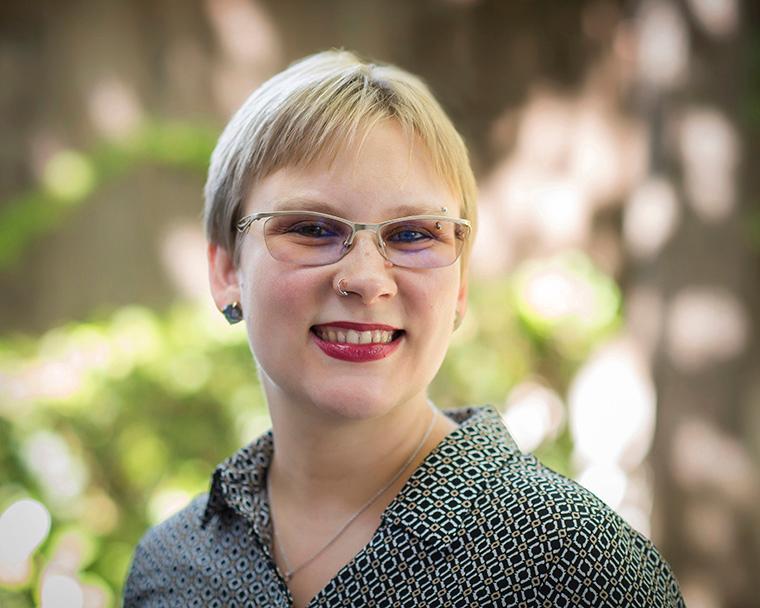
When the Saints Go Marching In
LDS Mormons, ex-FLDS, Rival Polygamist Sects, and Gentiles Descend on Short Creek...Polygamy Tourism or Community Healing?
A Research Update by Michelle Mueller
Short Creek is a historic region for Mormon fundamentalist (polygamist) history. In the 1920s, Mormon polygamists, at odds with Salt Lake City LDS Mormons, came to convene in “Short Creek,” a geographic region directly on the border of Utah and Arizona. The well-known municipal name in the region is Colorado City, which is on the Arizona side, and has frequently been in news about Fundamentalist Church of Christ of Latter-day Saints (FLDS) and its abusive religious leader, Warren Jeffs.
Short Creek’s history long precedes the formation of FLDS and Warren Jeffs’ leadership. Short Creek Mormon polygamists splintered into multiple sects over leadership quarrels and mismatching beliefs in leadership successions during the 1930s. The memory of the US Government’s 1953 raid on Short Creek remains a generational wound for Mormon polygamists across North America, regardless of sect. The region became dominated by FLDS members in later years.
I attended Sunstone Short Creek in April 2017 and again a few weeks ago. Sunstone ShortCreek is an extension of Sunstone Foundation, a socially progressive organization of Mormons on the fringe, broadly speaking. The event is organized by Executive Director Lindsay Hanson Park, a birthright Mormon who experiences herself as Mormon to the core yet critical of LDS leadership decisions. In addition to other missions, Park mourns the damage done to the polygamist population by the LDS Church itself and works to provide healing for Mormon polygamists and FLDS apostates (ex-members) when requested.
Sunstone Short Creek draws socially progressive Mormons, Mormons interested in Mormon history, FLDS apostates, and non-FLDS Mormon polygamists (those from other sects such as Kingston Group and Christ’s Church and independents). The community this draws is a unique assortment of people who respect polygamy-by-choice and share concerns for religious abuse, child marriages, and forced polygamy.
The Short Creek population has shifted tremendously in just two years. “The faithful” FLDS members—those who are loyal to Warren Jeffs (and in denial of his crimes and misconduct)—refused to pay property taxes to the government imprisoning their prophet. From “the faithfuls’” perspective, Jeffs is an innocent man and a true prophet; the imprisonment of Jeffs is perceived as a war on their religion. Consequently, the government repossessed the homes. The “kicker” for the faithful FLDS is that the government then redistributed the property to the descendants of original owners from before the establishment of the FLDS’s United Effort Plan (UEP), and these descendants are young people who left the Church, in other words, apostates. According to FLDS religious culture, FLDS members are prohibited from speaking to apostates (ex-FLDS members). The faithful then refused to pay rent to apostates, who had become the legal owners of the homes, and the former owners were evicted. Through this complicated history, FLDS members have been forced out from Short Creek; their religious sites are now “desecrated,” having been claimed by the government and some of them handed over to apostates. The FLDS are now dispersed; many went to live with relatives in surrounding areas or other existing FLDS communities.
The event included an optional day of service, and volunteers served the Dream Center (a reclaimed home formerly owned by Warren Jeffs that is now used as a halfway house for people leaving FLDS) and Cherish Families (an organization started by polygamists that offers services for polygamist families). I volunteered at the Dream Center and assembled storage pieces and children’s play stations, fixed a broken armchair, prepared an armoire for painting, hung art, and arranged furniture, all at the staff’s direction.
As a group, we toured the Leroy S. Johnson House (the former FLDS meetinghouse) and the site of the FLDS baptismal font—a material object the FLDS would never have permitted me to see as a “Gentile” (non-Mormon). Entering sites such as these offered healing for polygamists from other groups who have mourned the rise of Warren Jeffs’ leadership for their kindred religionists, and also for ex-FLDS members who have happy memories from their childhoods unrelated to the rise of Warren Jeffs or other religious abuse.
As a Gentile, there as a researcher, I experienced guilt and discomfort at the feeling of trespassing on a religious site whose former owners would perceive our entry as an ungodly violation. I have yet to discern exactly where this project is going…..a Hackworth Grant for teaching modules in research ethics, a research article, informing methodology for my book manuscript? In any case, it’s a great title, and I wanted to share this update with friends of the Religious Studies Department!